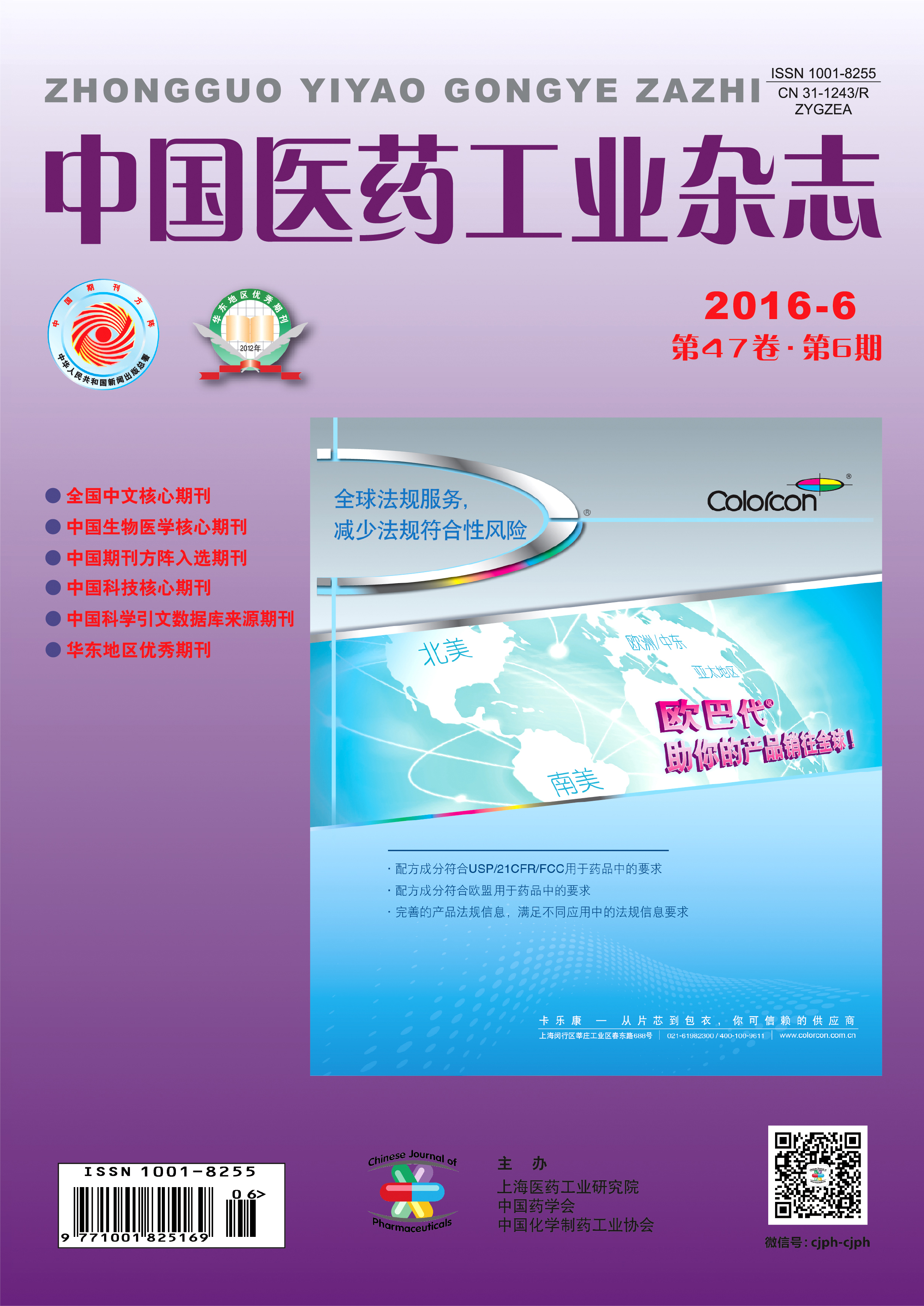DAI Chunyan, LU Huizhen, CAI Lianghui, XIN Yanrong, YANG Ye,
The process parameters such as pre-treatment process, drying time and temperature were investigated
and optimized in order to improve the drying efficiency and quality of Maca. The results showed that the appearance and
nutrient contents (such as soluble extract, starch, proteins and polysaccharides) of dry Maca were decreased significantly
after pretreated with steaming or high temperature wind fixing process. The optimal drying process was as follows: Maca
was dried at 30 ℃ for 30 h, and then the temperature was raised to 48 ℃ at the speed of 2 ℃/6 h, then raised to 55 ℃ at
the speed of 1 ℃/6 h, until the moisture content of Maca was no more than 13%. The whole process totally took about
126 h. Under the above process, the color of dry Maca was bright, with less deformation, and the fold was shallow. The
contents of protein, anthocyanin and polysaccharide were 6.60%, 1.42% and 3.57%, respectively.
